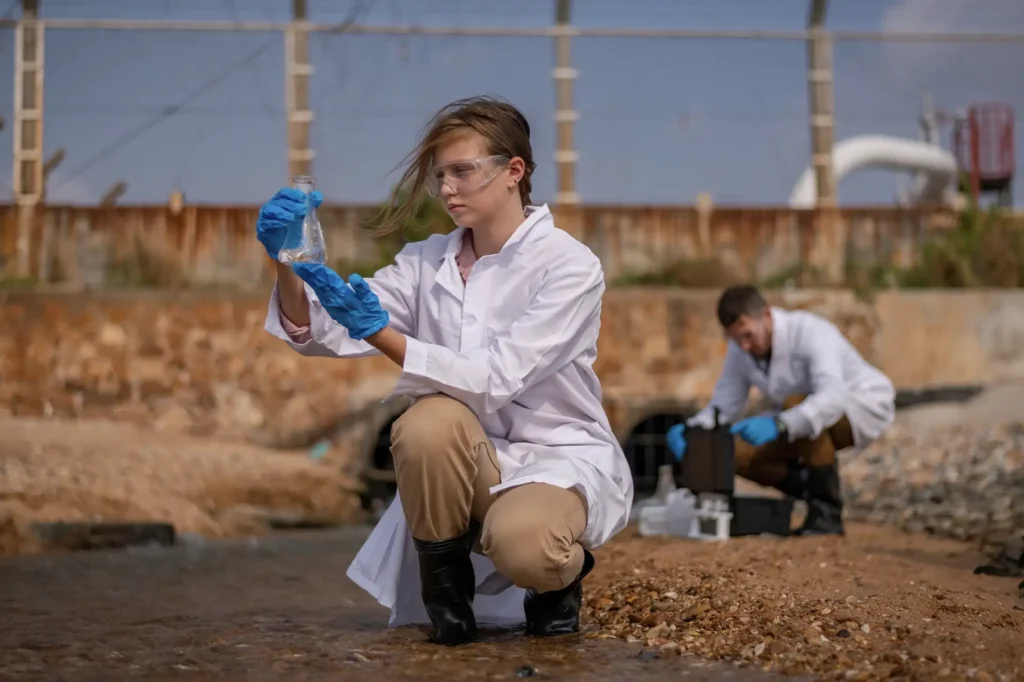PFAS remediation is focused around sites with high levels of contamination and community impact, which includes sites where the PFAS sources are firefighting foams. Groundwater remediation may be especially needed where firefighting foams (specifically, aqueous film-forming foams or AFFF) were used for years, such as military bases, airports, firefighter-training schools. Note, AFFF can be 3% PFAS (30,000,000,000 ng/L), whereas some PFAS are viewed as harmful to humans at concentrations of low parts per trillion (ng/L).
At military bases, part of what keeps our military personnel and their families safe is having effective protection from fire. This requires fire-training areas, however, fire-training exercises in the past used AFFF and created pollution risks, because AFFF contains PFAS. At some PFAS-release sites, contaminants have soaked into the soil and infiltrated groundwater, threatening the safety of drinking water near these sites for years to come.
Onvector’s Plasma Vortex technology has been proven to destroy concentrated PFAS wastewaters from groundwater remediation as shown in this case study of Onvector’s work at a New England site – helping restore safe drinking water sources and strengthen surrounding communities.
How Onvector eliminated PFAS contamination at Joint Base Cape Cod using its Plasma Vortex technology
Onvector delivers robust Plasma Vortex destruction technology for hazardous pollutants in contaminated critical drinking water and wastewater applications. Onvector creates technologies that dramatically lower costs and environmental impacts. Onvector’s Plasma (ionized gas) originates from electrical energy as an input and causes rapid degradation and destruction of PFAS (per-and poly-fluoroalkyl substances) molecules in liquids and foams including aqueous film-foaming foams (AFFF). The high- efficiency Plasma Vortex technology incorporates innovations in advanced materials, power electronics and fluid dynamics to deliver cost savings for today’s toughest water and waste treatment challenges.
onvector-case-study-govt-alt-77


